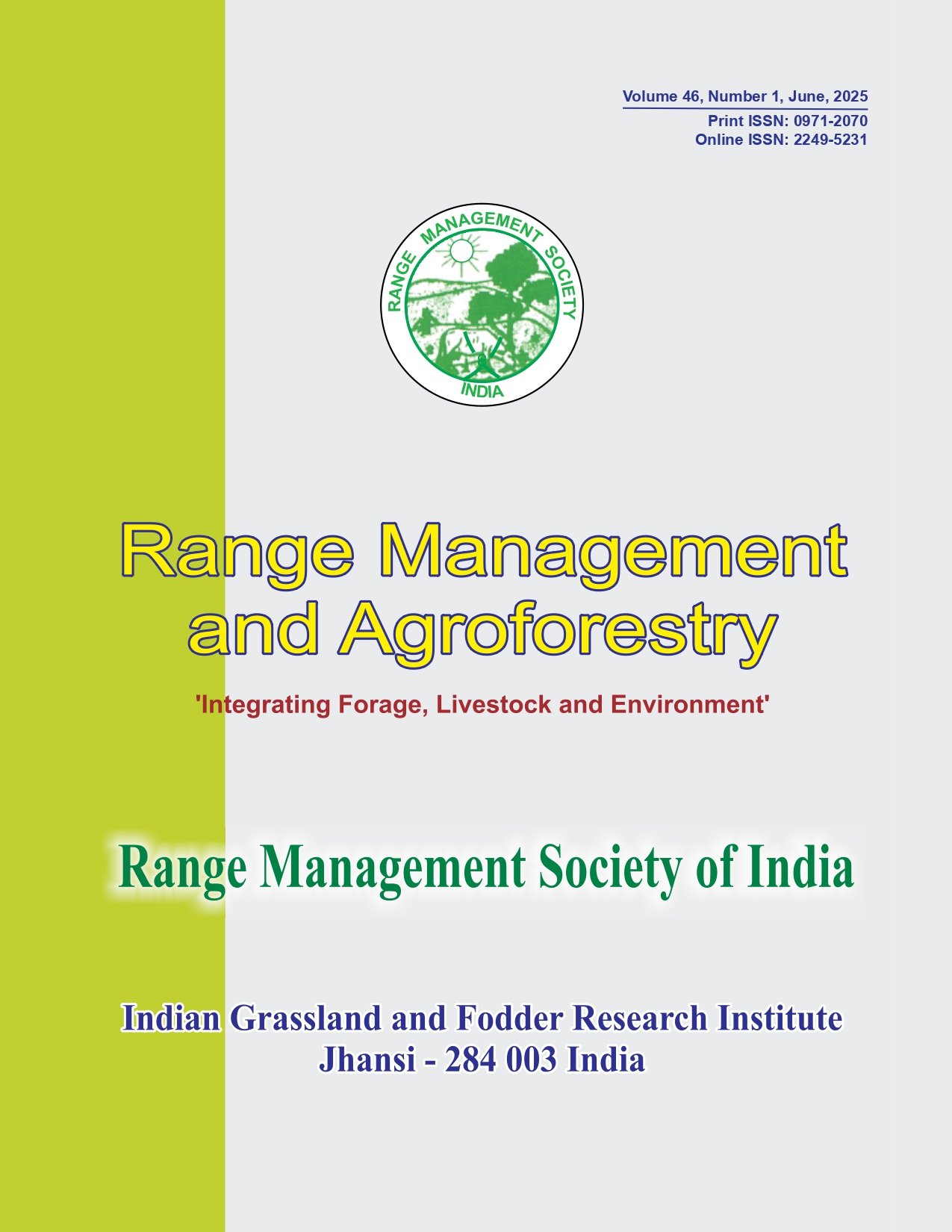Fodder production and carbon stock of calliandra under coconut plantation
Keywords:
Calliandra, Carbon stocks, Coconut, Forage yield, Pruning interval, Tree densityAbstract
The influence of management factors like tree densities and pruning intervals on forage yield and carbon stocks of three-year old calliandra hedgerows underneath coconut plantation indicated significant enhancement in forage and coconut yields and carbon fixation due to calliandra intercropping and management practices. Intercropping calliandra with tree density of 27,777 trees ha-1 and harvesting fodder at an interval of 12 weeks yielded maximum dry forage of 35.16 Mg ha-1, apart from an additional carbon capture of 90 Mg ha-1 against coconut monoculture, over three-year period. High density calliandra cultivation also had favourable impact on coconut productivity. Establishment and management of such fodder banks in the unutilized interspaces of existing coconut gardens is a promising practice to enhance quality forage production and carbon sequestration in land crunch humid tropical areas.




